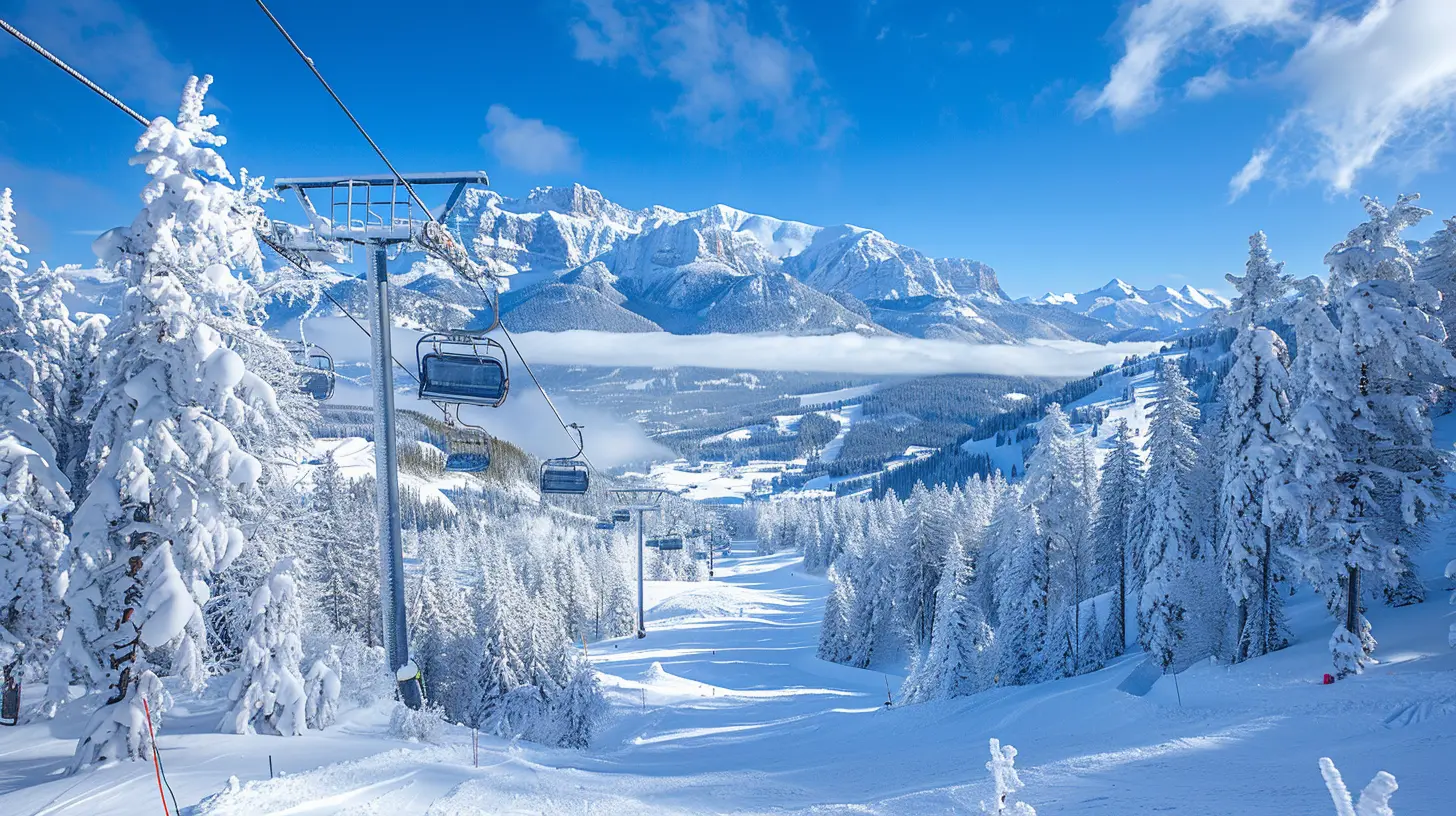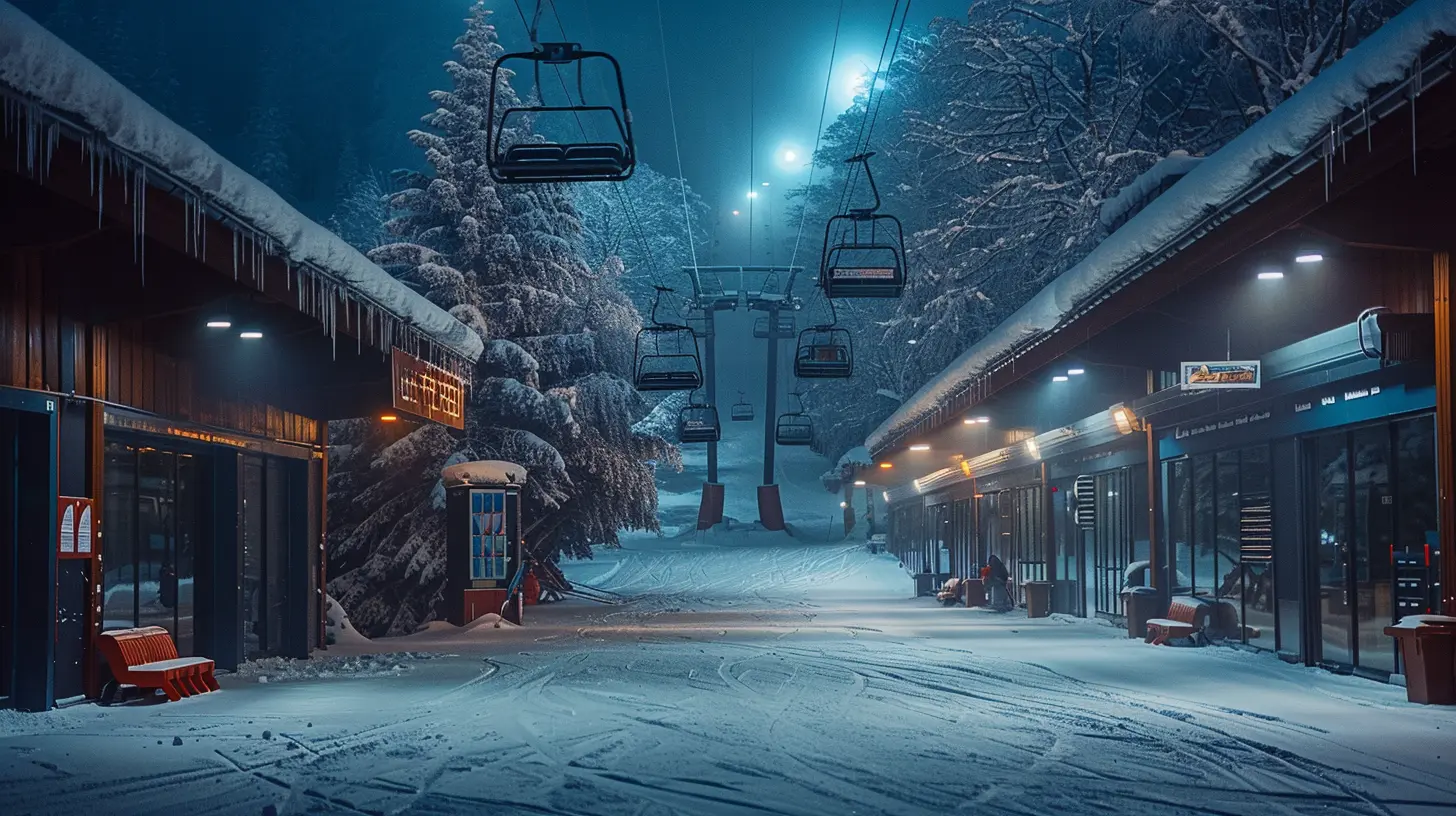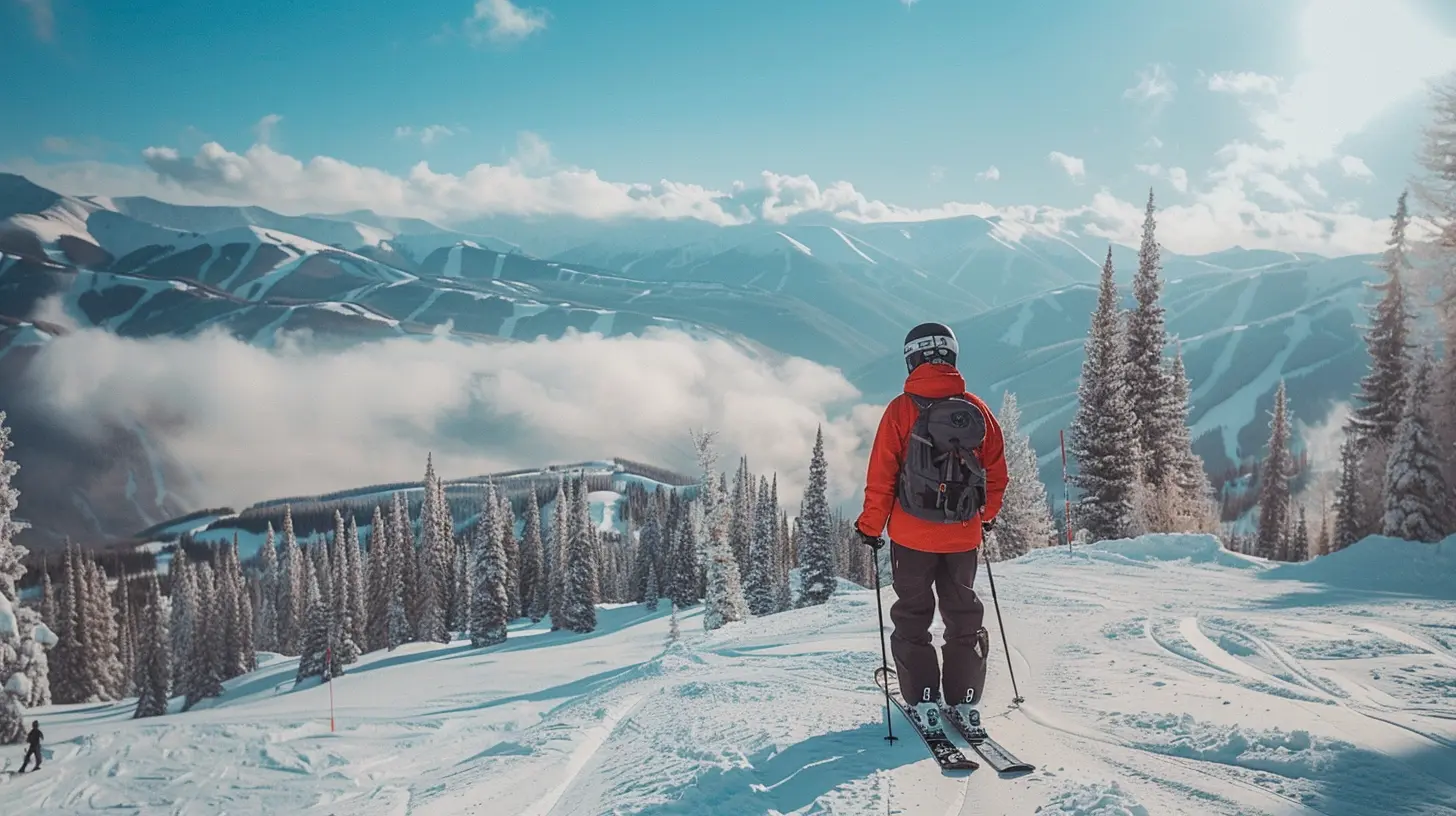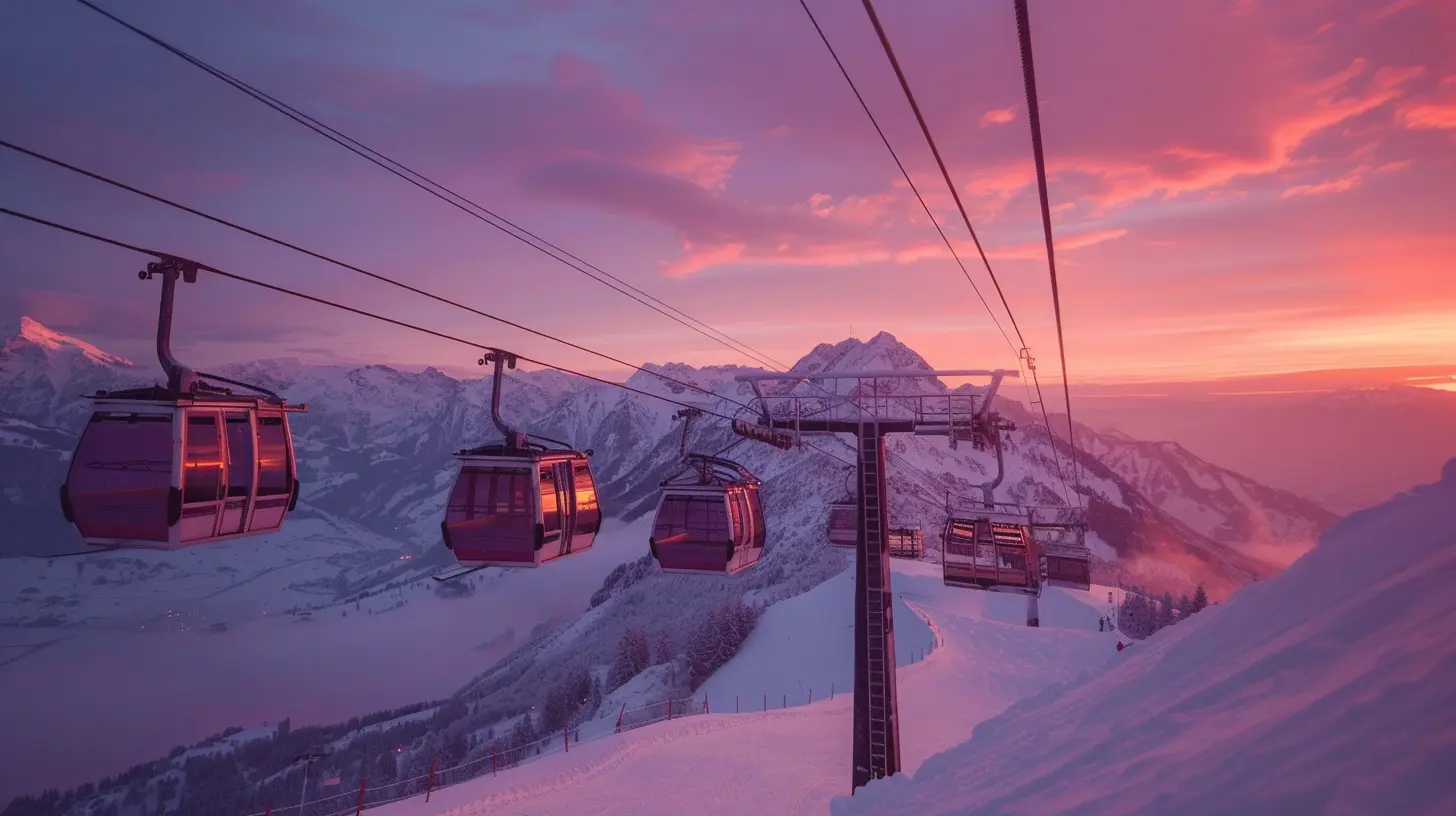14 April 2025
There’s nothing quite like the thrill of gliding down a mountain, feeling the crisp air rush past your face as you carve through the snow. But let's be real—ski season can be brutal on your body if you’re not prepared. If you’ve ever hit the slopes after months of inactivity, you know the struggle: burning thighs, shaky legs, and exhaustion that sets in way too soon.
The good news? You don’t have to suffer through that again. With the right off-season training, you can increase your strength, endurance, and mobility, ensuring you hit the mountain in peak condition. Let’s break down the best ways to train off the slopes so you’re ready to dominate ski season like a pro.

Why Off-Season Training is Essential
Skiing is a demanding sport that requires a unique combination of strength, balance, endurance, and flexibility. If you only train when you're on the mountain, you're doing yourself a disservice. Proper off-season training helps you:- Improve leg and core strength for better control
- Increase endurance so you don’t gas out halfway down the run
- Enhance balance and coordination to stay upright on tricky terrain
- Prevent injuries by strengthening the muscles that support your knees and joints
Now that we know why it’s important, let’s dive into the best ways to get ski-ready before the first snowfall.

Building Strength for Skiing
Skiing primarily engages your lower body and core. If you want to power through turns and absorb impact like a champ, you’ll need to focus on strengthening these areas.1. Leg Power: The Foundation of Skiing
Your legs do most of the heavy lifting when you're skiing. To build lower-body strength, incorporate these exercises into your routine:Squats
Squats mimic the stance you hold while skiing, making them a must-do exercise. Try:- Bodyweight Squats – Perfect for beginners
- Goblet Squats – Adds extra resistance with a dumbbell
- Jump Squats – Improves explosive power for quick turns
Lunges
Lunges help build stability and strength in each leg individually, simulating the shifting weight from ski to ski. Mix it up with:- Walking Lunges – Great for balance and endurance
- Reverse Lunges – Easier on the knees
- Lateral Lunges – Mimics carving turns
Step-Ups
Step-ups strengthen the quads and glutes while improving balance. Use a bench or sturdy box and step up with control.2. Core Strength: Your Stability Anchor
A strong core keeps you balanced and allows you to react quickly to shifting terrain. These exercises will fire up your midsection:Planks
Planks train your core to stay engaged while skiing, just like when you’re holding your skiing stance. Try:- Standard Planks – Hold for 30-60 seconds
- Side Planks – Strengthen obliques for better rotational stability
- Plank with Shoulder Taps – Adds an extra balance challenge
Russian Twists
This move strengthens your obliques, helping you rotate smoothly when making turns.Dead Bugs
A fantastic core stability exercise that improves coordination between your upper and lower body—essential for skiing.
Boosting Endurance for Longer Days on the Slopes
Skiing isn’t just about strength; it’s also about stamina. If your legs turn to jelly after just a few runs, it’s time to work on endurance.1. Cardiovascular Training
Skiing is an intense cardio workout, so your off-season training should build up your aerobic and anaerobic endurance.- Running or Hiking – Great for overall endurance and leg strength
- Cycling – Low-impact conditioning that strengthens your quads
- Jump Rope – Mimics the quick movements needed for skiing
- HIIT (High-Intensity Interval Training) – Short, intense bursts of effort simulate the physical demands of skiing
2. Plyometrics for Explosive Power
Skiing requires quick, powerful movements, especially when navigating moguls or jumping. Try these exercises:- Box Jumps – Improves explosive power and coordination
- Lateral Hops – Mimic the side-to-side motion of carving turns
- Burpees – A full-body burner that combines strength and endurance

Enhancing Balance and Coordination
Good balance can mean the difference between a smooth run and a wipeout. Here’s how to fine-tune your stability:1. Bosu Ball Workouts
Using a BOSU ball for squats or lunges forces your core and stabilizer muscles to work harder, mimicking the unpredictable terrain of skiing.2. Single-Leg Exercises
Skiing requires constant weight shift from one leg to the other. Build single-leg strength with:- Single-Leg Deadlifts
- Single-Leg Squats (Pistol Squats)
- Balance Board Drills
3. Yoga for Flexibility and Stability
Yoga isn’t just about stretching—it helps improve balance, flexibility, and core strength. Focus on poses like:- Warrior Poses – Strengthens legs and opens hips
- Tree Pose – Enhances single-leg balance
- Downward Dog – Stretches hamstrings and calves
Preventing Injuries: Mobility and Recovery
One of the biggest ski-season killers? Injuries. If you don’t take care of your muscles and joints, you could end up sidelined before the season really starts.1. Dynamic Stretching Before Workouts
Always start your training with movements like:- Leg Swings
- Hip Circles
- Arm Rotations
2. Foam Rolling and Massage
Using a foam roller can help release tight muscles and prevent soreness. Focus on the quads, hamstrings, calves, and back.3. Adequate Rest and Recovery
Strength and endurance come from consistency, but don’t overdo it. Give your muscles time to recover with rest days and low-impact activities like swimming or gentle yoga.Putting It All Together: Your Training Plan
Want to get the most out of your off-season training? Here’s a simple weekly plan to follow:3-4 Days of Strength Training
- Focus on legs and core- Include squats, lunges, deadlifts, and planks
2-3 Days of Cardio
- Mix steady-state cardio (running or cycling) with HIIT workouts2 Days of Balance and Mobility Work
- Include yoga, BOSU ball drills, and single-leg exercises1-2 Active Recovery Days
- Foam rolling, stretching, or light walking or swimmingConclusion
Ski season is around the corner, and now’s the perfect time to get your body ready. Whether you're carving down black diamonds or taking it easy on the greens, off-season training will make your time on the slopes more enjoyable, safer, and less exhausting.So, lace up those training shoes, put in the work, and when the first snow falls, you’ll be ready to hit the mountains feeling stronger and more confident than ever. See you on the slopes!







Joel Jimenez
Great tips! Focusing on strength training off the slopes is essential for enhancing performance and preventing injuries during ski season. Incorporating specific exercises will definitely prepare us for those thrilling downhill runs!
April 24, 2025 at 3:36 AM